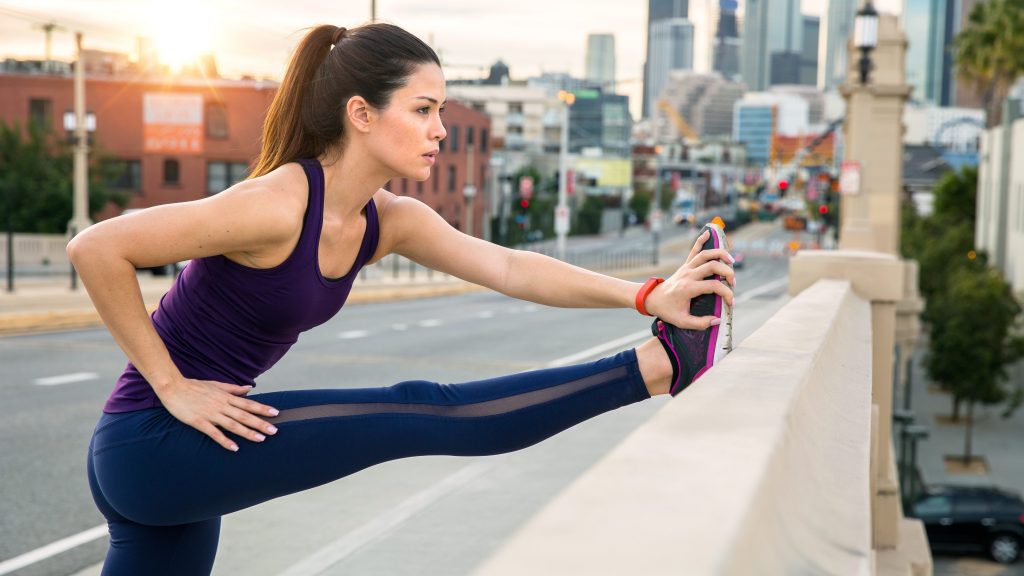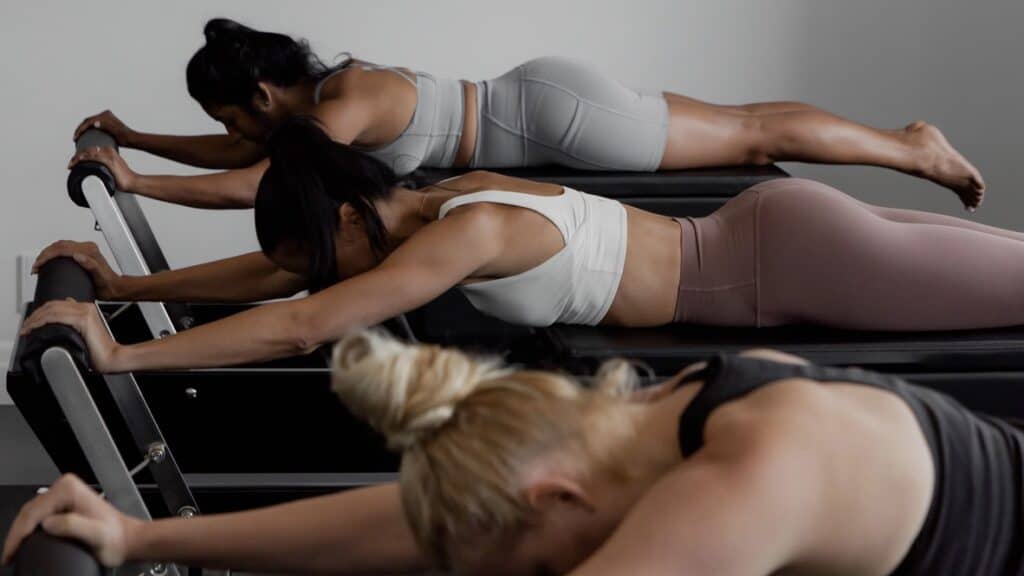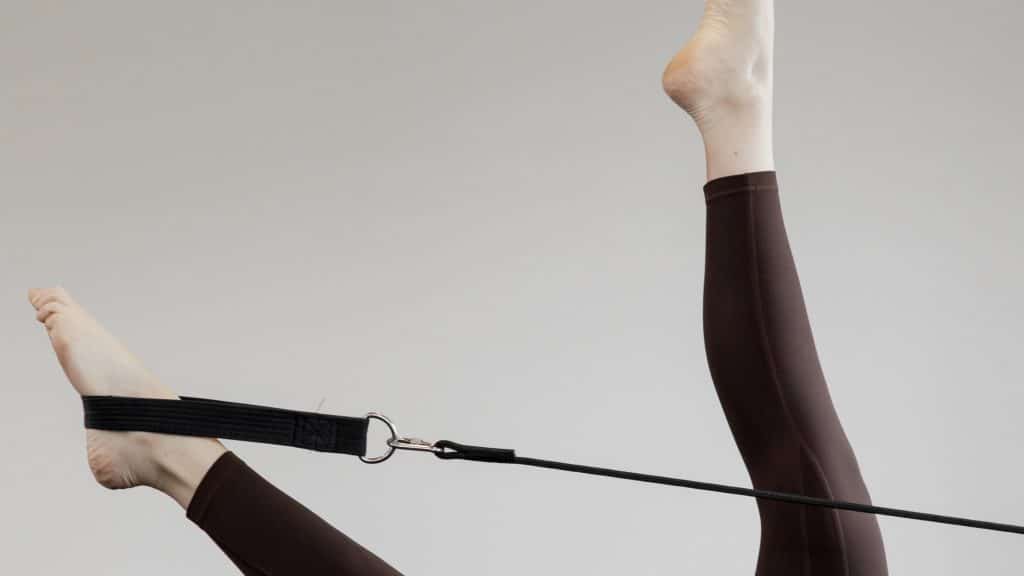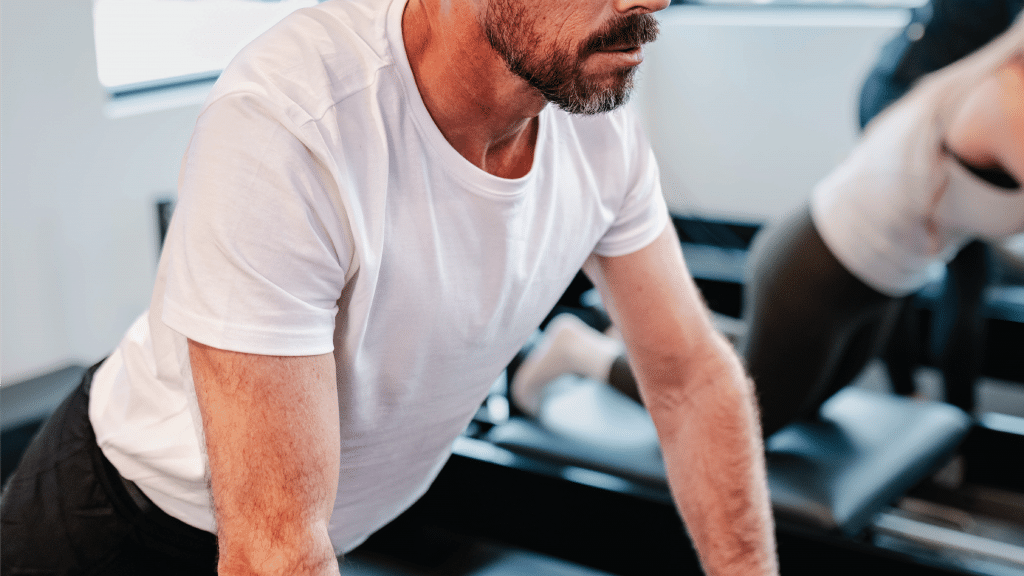I hope you aren’t too comfortable, as you won’t be sitting for long after reading this article!
Our increasingly sedentary lifestyle is causing our bodies to get weaker and important muscle groups are becoming lazy. In a true case of ‘use it or lose it’, muscles that we don’t use can atrophy, become hard to isolate or activate, and have their function replaced by other muscle groups, therefore creating muscle imbalances.
One of the most commonly affected are the gluteal muscles, a group of three muscles which make up the buttocks, and which are essential in the maintenance of pelvic stability and prevention of injury. “Glutes” are possibly the laziest muscles we have, so we need to make them a priority in our training or we face ongoing injuries.
The laziest of the gluteal muscle trio is gluteus medius (or “glute mede”). The glute mede runs from the top ridge at the back of the pelvis to the hip. The bulk of the muscle can be best felt just above the hip bone, when performing the active movements of hip abduction (raising leg out to side) or hip external rotation (turning the knee out to the side). It also works during the stability phase of standing ie on the supporting hip when you are standing on one leg in the test above. When the glutes are weak, other muscles such as the quads, ITB, hip flexors and even the “lats” can become overactive. If you are performing an activity such as running or cycling, which requires muscular endurance, weak glutes can contribute to niggling back pain, knee pain, or shin splints. Sound familiar?
Your glutes, in conjunction with a strong mid-section (abs and back), are the key to pelvic stability.This is the real ‘core’ of your body. The rest of your body is drastically affected if you have poor pelvic stability, with a long list of adverse reactions ranging from knee stability to spinal alignment to shoulder mechanics. However, not too many people actually understand how to develop that stability correctly. If you aren’t training your pelvic stability specifically, as you can in Pilates, you could be worsening your muscle imbalance and find yourself out of action due to injury.
Take this test to see how your glutes stack up:
Stand on one leg in front of a mirror.
What happens to the rest of your body? Do you lose balance? Does the hip on your standing leg dip down? Or shift up? Or stick out to one side?
If you haven’t fallen over already, poke into the top corner of your butt, just under the belt-line.
Can you feel any sort of muscle contraction happening in there?
No problems so far? Then, squat up and down a few times on the supporting leg, then hop.
Does your knee roll in, or does your ankle roll in, or worse, do you fall over and lose balance?
Can you feel those muscles working in the top corners of your butt?
Now check the other side.
Are you ‘even’ or is one side weaker than the other?
Everyone’s body is different, so if you’re unsure if your glutes are weak, it’s recommended that you have an individual Pilates or physiotherapy assessment and diagnosis. In most cases everyone’s glutes can do with some strengthening, and by strengthening the glutes you will find significant pain relief, improved performance, better posture and a great body for summer.
Try our Brazilian Butt Toner DVD to blast your butt and improve your glute stability.






